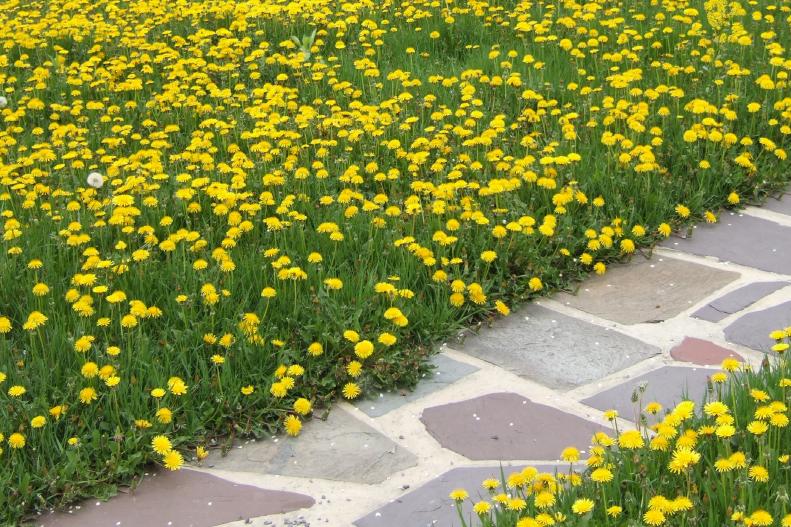3 / 15
Photo: Shutterstock/Ondrej Prosicky
Mole Invasion
We have lost the battle with the moles. Tried castor oil, grub treatment, pellets. They keep coming back and are taking over the lawn making unsightly mounds. What can I do to get rid of them? — Doris
Doris, it sounds like you’re doing everything right. Grub treatments using a combination of milky spore and nematodes usually takes out the mole’s food source. With castor oil, you need to apply the products liberally and frequently to get the stinky odor into the subsoil. Make sure you’re using castor oil products designed to drive out moles (the type for human use isn’t smelly enough). There’s a new organic mole treatment available called MoleZap, which floods tunnels with carbon dioxide, effectively smothering the critters. Try pairing that with some nematode treatments, and you might just win the war — and send those moles packing.









